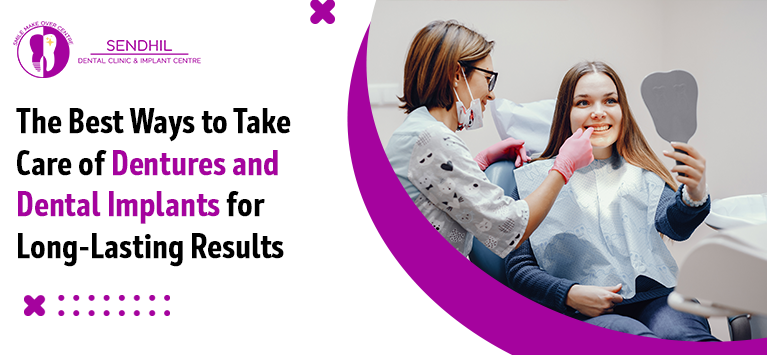
How did our dental team restore the gorgeous smile with implants for an Addison’s disease patient?
Everyone is aware that abnormal health conditions also affect dental health. In certain circumstances, medications taken to treat such diseases and improve health also hurt our oral cavity. Moreover, some medicaments adversely affect the body’s wound-healing process.
These factors make it difficult for people with certain medical conditions to receive dental care. Our dental team has dealt with many tough cases like these, yet we were still able to treat the victims successfully.
This blog post explores one of the problematic cases we handled. Please keep reading.
A 50-year-old woman sought our help to treat cavities in her front teeth and restore her missing teeth in the same jawline. The woman mentioned as many of her back teeth had fallen. She found it difficult to chew food thoroughly.
She revealed that she had Addison’s disease and was being treated for it. Addison’s Disease is an autoimmune disorder. It occurs when the adrenal glands produce too little cortisol and aldosterone. These hormones are crucial in regulating the immune system, responding to stress, and caring for numerous essential bodily functions.
Addison’s disease patients find it challenging to handle the stress of dental procedures due to a lack of adrenal hormones. Due to this, the dental practitioners she approached earlier did not treat her.
Hence our dentists recorded her complete medical history and handled her case with utmost care and caution.
We understood that treatment negligence for years made her a victim of multiple dental woes. Moreover, her smile aesthetics was ruined due to the missing and decayed front teeth. She suffered from social acceptability and diminishing health because of her compromised smile and chewing.
This was the appearance of her front teeth when she approached us.
After discussing with her physician, we looked deeply into the patient’s blood reports. After examining the patient clinically and radiographically, we found that some teeth were severely decayed, whilst some could be saved with the proper techniques.
Our dentists developed a treatment strategy involving extraction of severely infected teeth, root canal therapy (RCT) to save any viable ones and implant replacement for the missing teeth.
After explaining the treatment plan and getting approval from the patient and her physician, we moved forward.
The prophylactic measure had been taken every time before any invasive procedure as directed by the physician. Due to correct treatment planning and prophylaxis, the treatment procedure went according to our plan without any hindrance or inconvenience to the patient’s health.
We extracted the extremely diseased teeth. Then, RCT was performed on the necessitated teeth. It involves removing the infected nerves and tissues inside a tooth are removed. The eliminated counterparts are then filled with a special “gutta percha” material. The teeth with filled root canals are still alive and functional with no hassles.

Only after the tissues in the treated areas healed, our dentists move on to the next phase of the treatment plan (i.e.) placing implants in the upper jaw.
The implant specialists of our clinic utilize CBCT for diagnostic indications and pre-surgical planning. They detected the patient did not have adequate healthy bones underneath her gums.
Hence we performed bone grafting to restore the jaw bone’s intensity and volume. We preferred the Straumann BLX implant system for the patient because inserting this implant requires mediate surgical procedures hence that the patients can recover quickly. Moreover, the Straumann BLX implants are well-known for their high primary stability.

Our implantologists placed the immediate loading titanium implants under prophylactic coverage and local anesthesia. Once the implant posts were embedded, we performed the necessary procedures like dental contouring (tooth reshaping) for some teeth to ensure that the implant teeth would not subsequently cause issues.
Later, the upper and lower jaw measurements were taken to prepare custom-made permanent prosthetic appliances. The final permanent prosthesis was made with zirconium (full ceramic material) and fixed in the upper arch. Until then, we provided a temporary prosthesis to the patient.
The woman’s upper dental arch collapsed severely and she had many infected teeth. Therefore the extractions, endodontic procedures, and implant procedures were done in the upper jaw.
Meanwhile, her lower jaw’s teeth also started to loosen up. Hence we advised her to do teeth rehabilitation in the lower arch as soon as possible.
She trusted our words and gave her consent with much pleasure because she was able to smile more confidently and much more happily after so many years.













